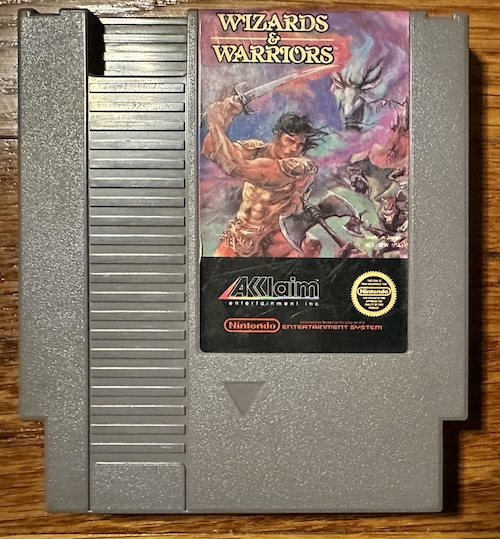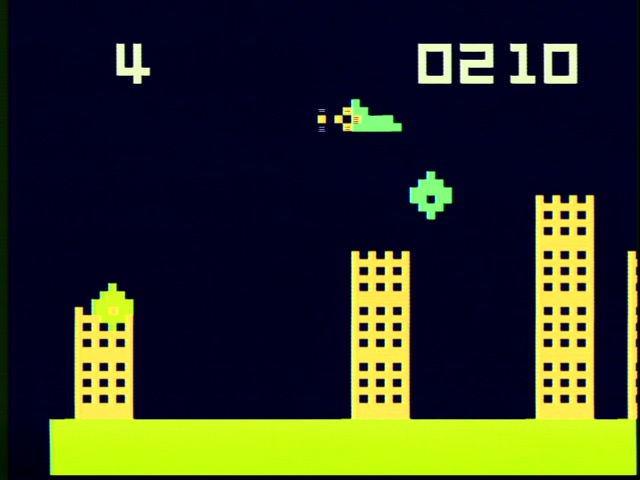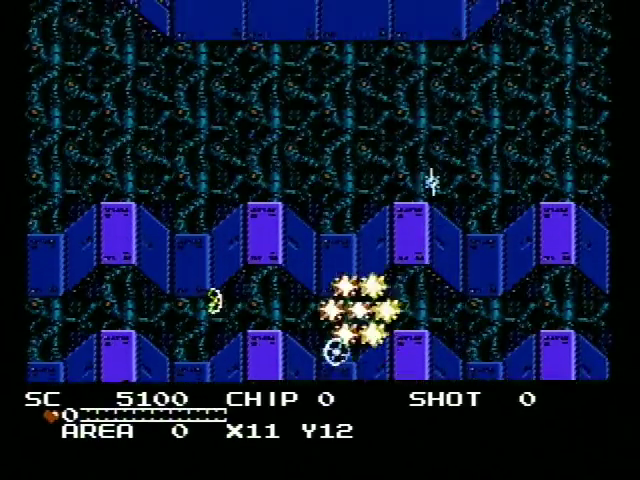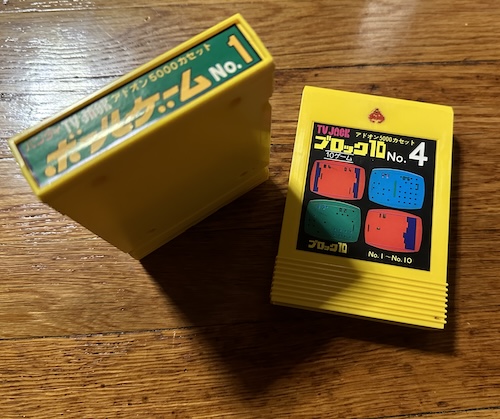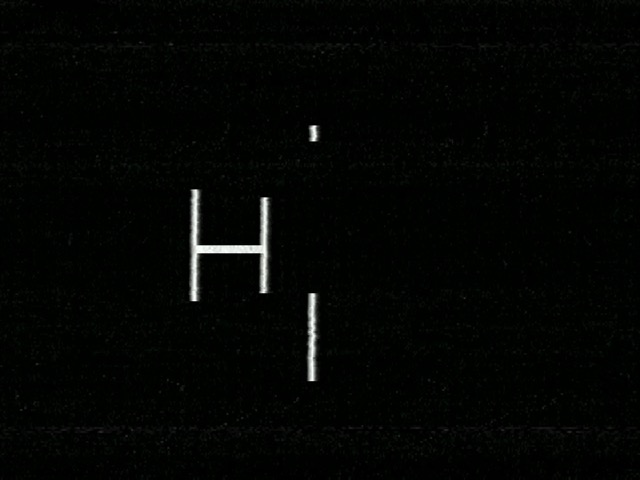-
The First Mapper: Jaleco's City Connection
When I asked the question, “what made the NES so interesting”, my answer was to describe the memory mappers used by the console. But what’s interesting is that the very first cartridge to feature a memory mapper was not from Nintendo themselves; they were late to the game of expansion hardware on cartridges, since their plan to expand the console was the Famicom Disk System. So it fell to humble arcade developer Jaleco to introduce the concept.
-
Taking an AxROM to Wizards and Warriors
The internet NES fan scene has changed over time. The modern scene I think is a lot more open to Japan-exclusive titles, thanks to the wealth of fan translations, and has different preferences. One game that seems to have fallen through the cracks is Rare’s Wizards and Warriors. It was a hit in its day, but doesn’t seem to get the attention other platformers do. Let’s take a look, and by that I mean, spend most of the time talking about the hardware inside the cartridge. This is “Nicole Express”, after all.
-
The Epoch Cassette Vision: Has Games
Oops, that last Cassette Vision post was supposed to be a review of some games for it. This is a fairly historically important console, but not a huge seller; video games didn’t really boom in Japan until the Famicom. Not a flop by any means, but maybe keep that in mind. What’s the difference between the titles on the Famicom and the titles here? Not just the giant pixels. Enjoy a whirlwind tour of randomly selected games!
-
Is the Twin Famicom Flawed? The Case of Guardic Gaiden
So recently I’ve been binge-watching RandomStranger’s BETWIN188 and came across his video on Guardic Gaiden, the game we know in the west as The Guardian Legend. In it, he said that the Twin Famicom has slowdown on this game that the regular model doesn’t. Now, I’ve been a big fan of the Sharp Twin Famicom– it’s got no lockout chip, a built-in Disk System, standard AV output, and the Famicom microphone, so it has a lot going for it. But is it true that this “hidden gem” is it’s “Achilles’ heel”?
-
Japan's Real First Console? Bandai's TV Jack 5000
The Epoch Cassette Vision is often reported as the first Japanese cartridge-based game console. But reality is always a bit more complicated. In 1978, years before the Cassette Vision, two Japanese companies put together cartridge-based game consoles that were unique to Japan, but relied on technology and chips licensed from American firms. And hey, despite my whirlwind tour of Pong consoles, I never looked at GI chips.
-
The Bare Minimum Beats: Panasonic's RD-9844 Rhythm Machine
Recently I’ve had a bit of a fascination with rhythm machines. Not the computerized digital ones like that built into my old Yamaha organ, but fully analog ones. There’s something quite appealing about producing drum-like sounds with just discrete circuits of transistors, capacitors, and resistors. Let’s take a glimpse into a realm so analog that even discrete logic isn’t discrete enough.
-
The RCA Studio II in Living Monochrome
Remember the RCA Studio II? A chipset with a fascinating history and enthusiast cred put into the service of the most disappointing game console of 1977. But mine didn’t work at all– well, that hasn’t changed. But thanks to partlyhuman (Roger Braunstein), creator of the Floopy Drive, I now have two RCA Studios II. One of them might even work, so now we can try out the games here.
1 / 22
gate.io login


